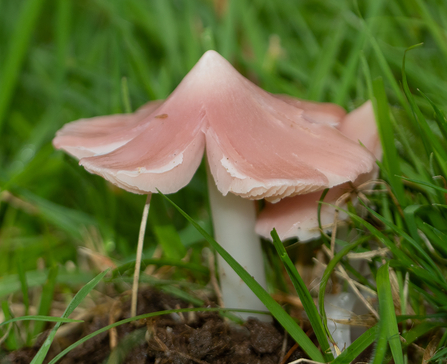You have likely heard about our 10 Vulnerable Species work https://www.gwentwildlife.org/wildlife/ten-vulnerable-species-recovery, and maybe read our previous blog https://www.gwentwildlife.org/blog/andy-karran/starter-10.
Thanks to players of People’s Postcode Lottery we are able to focus our conservation efforts on these 10 Vulnerable Species.








